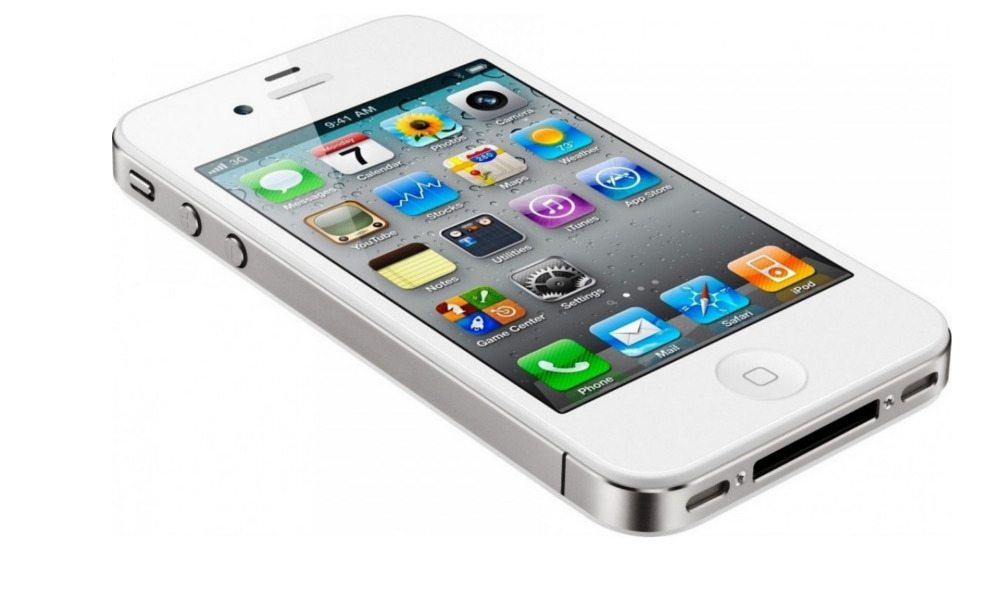9 iPhone 4

Perhaps the one of the most controversial iPhones, iPhone 4 was infamous for its reception issues dubbed by some as “antennagate.” Reception issues aside, the phone garnered excellent reviews and introduced a number of new features including a better camera with flash, a front facing camera, and a high-definition display.
Evolutionary Features
Front-facing FaceTime camera, Retina Display, LED camera flash, and 3-axis gyroscope.
About iPhone 4
One of the drawbacks to the iPhone 3G and 3GS was their plastic design. It didn’t have the same premium feel that many expect from Apple products. With the iPhone 4, Apple sought to change this using glass and steel—similar to the iPhone X today. Apple claims it was the thinnest smartphone in the world at that time and it was also the first iPhone not exclusive to AT&T customers.
This new design posed some problems. Because the antenna was integrated into a steel band, holding the phone a certain way resulted in lost reception. Apple was forced to provide free bumper cases to alleviate the issue.
The iPhone 4’s biggest improvement was its display. The resolution had been increased to 326 ppi (pixels per inch). Apple markets its high definition displays as “Retina displays” due to the high pixel density which makes it difficult to distinguish individual pixels at a normal operating distance.
But that wasn’t all iPhone 4 Introduced. Its better processor meant iPhone could now multitask and a front-facing camera brought video-calling to the masses with FaceTime.
iPhone 4 Introduced
- External antenna for Wi-Fi, Bluetooth, and Cellular
- Front-facing FaceTime camera
- Retina Display
- CDMA networking (first iPhone available on carriers besides AT&T)
- Gyroscope
- Improved camera with LED flash
